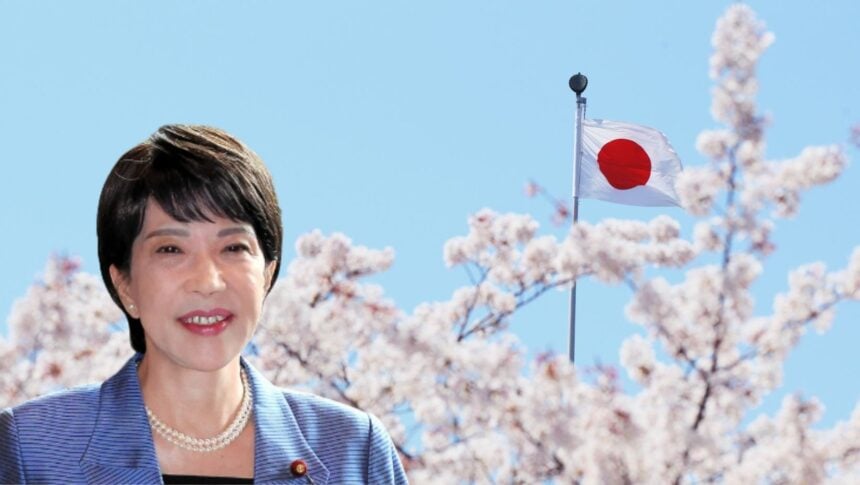Sanae Takaichi has been elected president of Japan’s long-ruling Liberal Democratic Party, becoming the first woman to lead the governing party since its founding nearly 70 years ago.
The 64-year-old defeated former agriculture minister Shinjiro Koizumi in a runoff with 185 votes to 156 after no candidate cleared a majority in the first round, according to the party’s official tally.
The result positions her to be nominated prime minister in the coming days, pending a Diet vote.
Takaichi inherits a party wrestling with voter fatigue, stubborn inflation pressure, and factional strain. Her rise is a milestone in a political system where women remain notably underrepresented.
Japan ranked poorly on the World Economic Forum’s 2025 Global Gender Gap index, the lowest among the G7, underscoring the scale of the challenge that awaits any leader who promises broader participation.
In a brief address to party lawmakers, Takaichi pledged to restore public trust and deliver tangible relief. As she put it in the LDP’s account of the meeting, the task ahead is to turn widespread anxiety into hope.
She also vowed to move quickly on policy, a sign she intends to use the political capital of a historic victory to set the tone early.
A Thatcher admirer with Abe-era instincts
Takaichi’s ideology is well known to Japanese voters. A close ally of the late Shinzo Abe and an admirer of Margaret Thatcher, she favors the mix of fiscal stimulus, tax cuts, and deregulatory push associated with Abenomics.
Investors will parse how that agenda meets the reality of Japan’s debt load and the Bank of Japan’s cautious policy pivot, but her camp has emphasized pro-growth steps and relief for households over rapid fiscal tightening.
Her social views are staunchly conservative, Takaichi has opposed legal recognition of same-sex marriage and changes to the male-only imperial succession, and she has long signaled support for revising Japan’s pacifist constitution.
She is also known for visits to the Yasukuni Shrine, a recurring flashpoint in relations with China and South Korea. Those positions helped cement her status with party traditionalists even as they risk friction with key regional partners.
The LDP itself remains heavily male, and previous attempts by conservative leaders to boost female representation at the top have produced only incremental change.
Takaichi has signaled she wants more women in government on merit, not quotas, a stance that appeals to her base but may face the same structural obstacles that have limited progress for decades.
Abroad, allies will look for continuity on security and supply-chain policy. Takaichi has taken a hawkish line on China and voiced strong support for Taiwan, while calling for deeper ties with Washington.
Any cabinet she forms will likely reflect those priorities, with economic security and defense procurement remaining front-burner issues.
A woman at the helm of Japan’s ruling party is a first, whether that breakthrough translates into broader change will hinge on the cabinet she builds, the policies she chooses to fight for, and how she balances party unity with a country increasingly impatient for results.
As she told members after the vote, the mandate is to move fast and rebuild confidence. The scrutiny, at home and abroad, will be immediate.


















